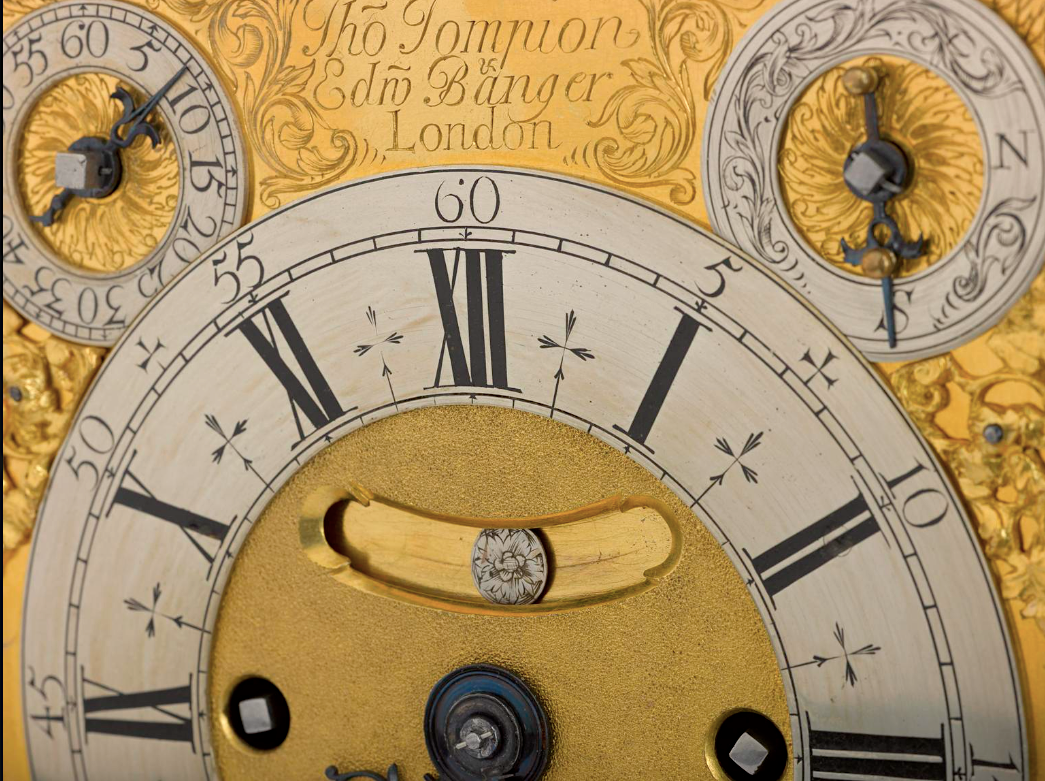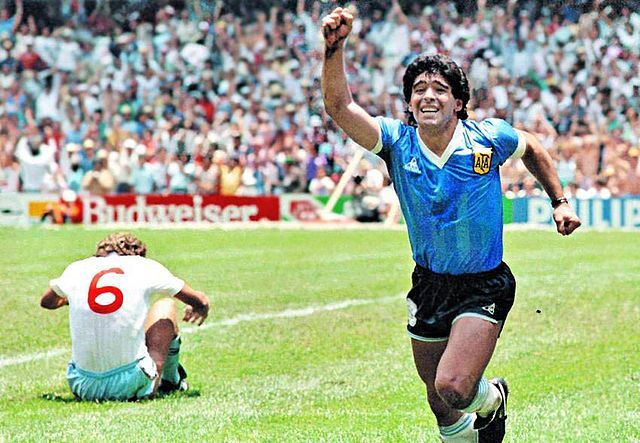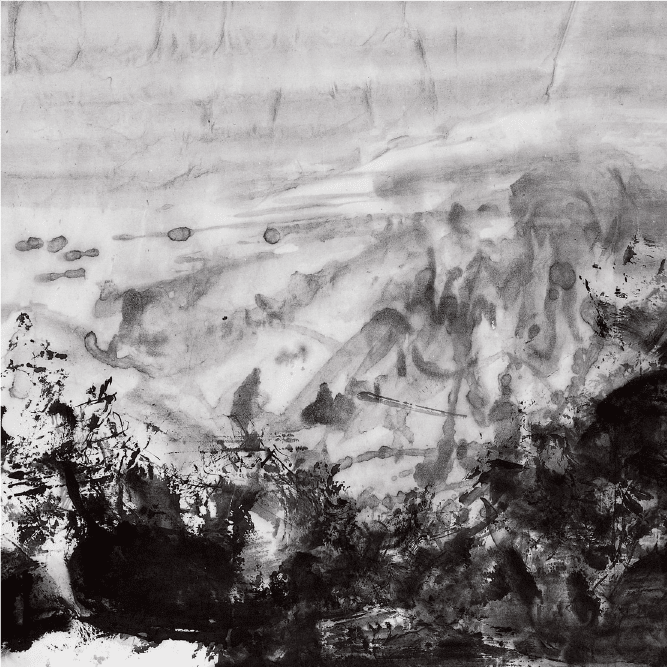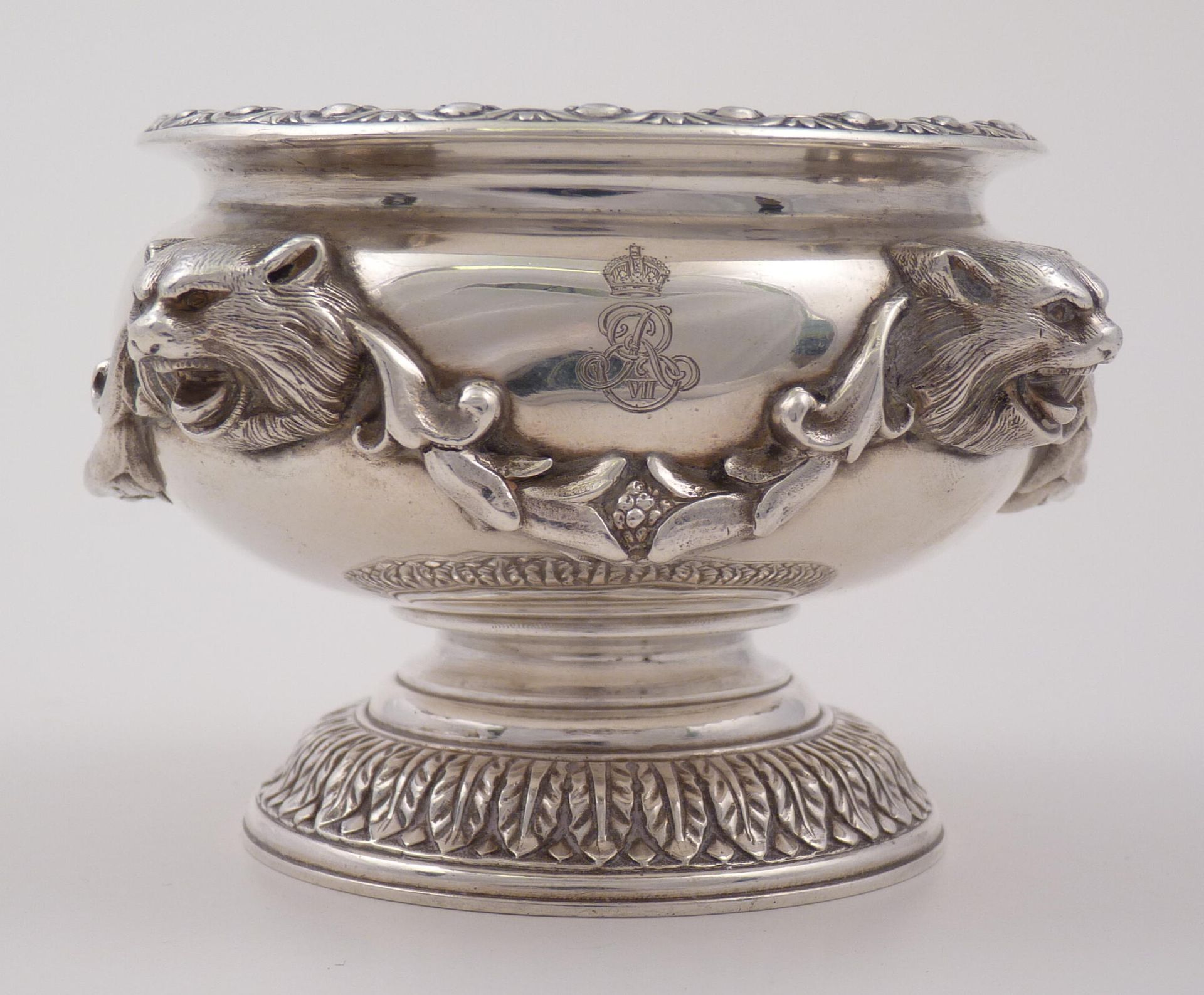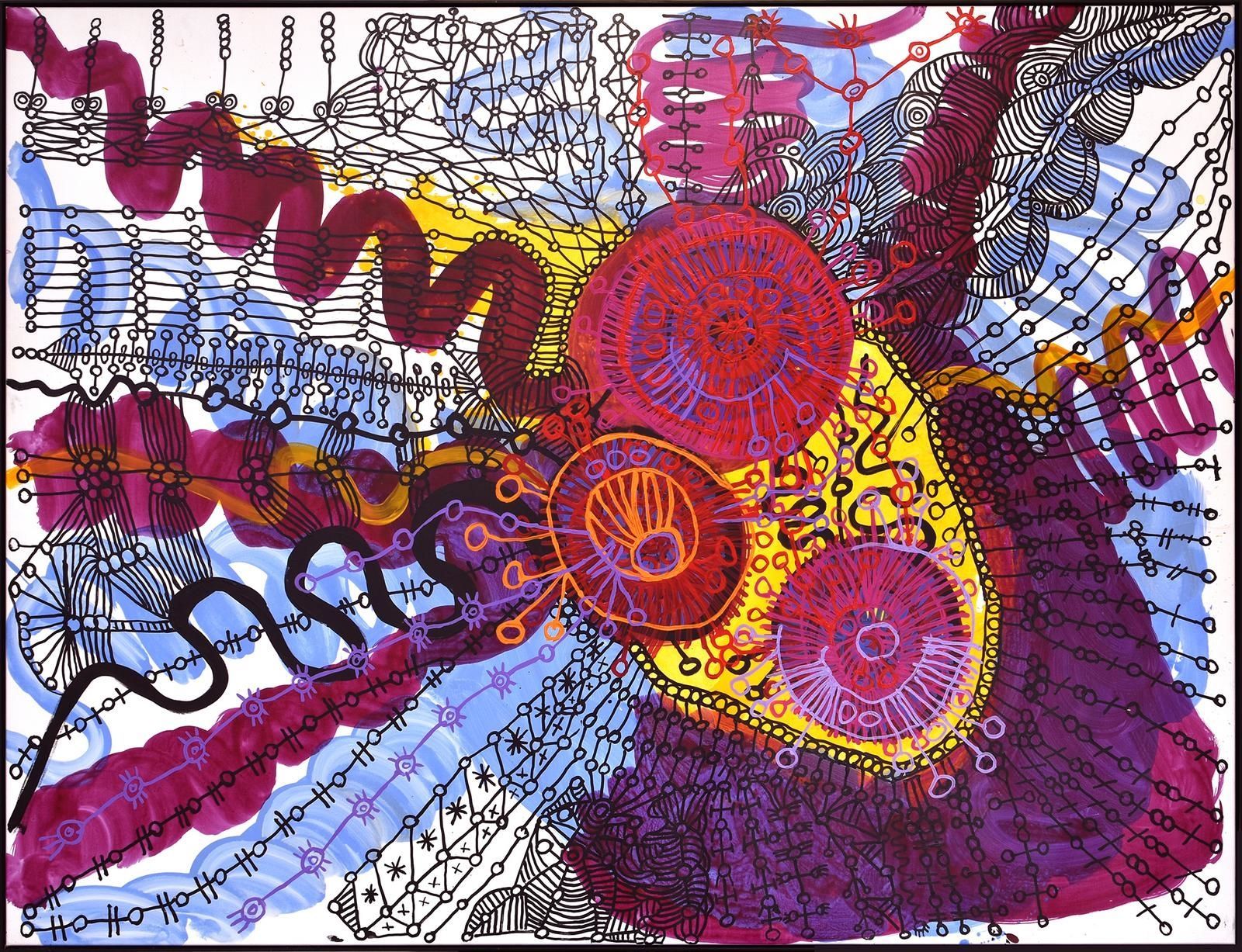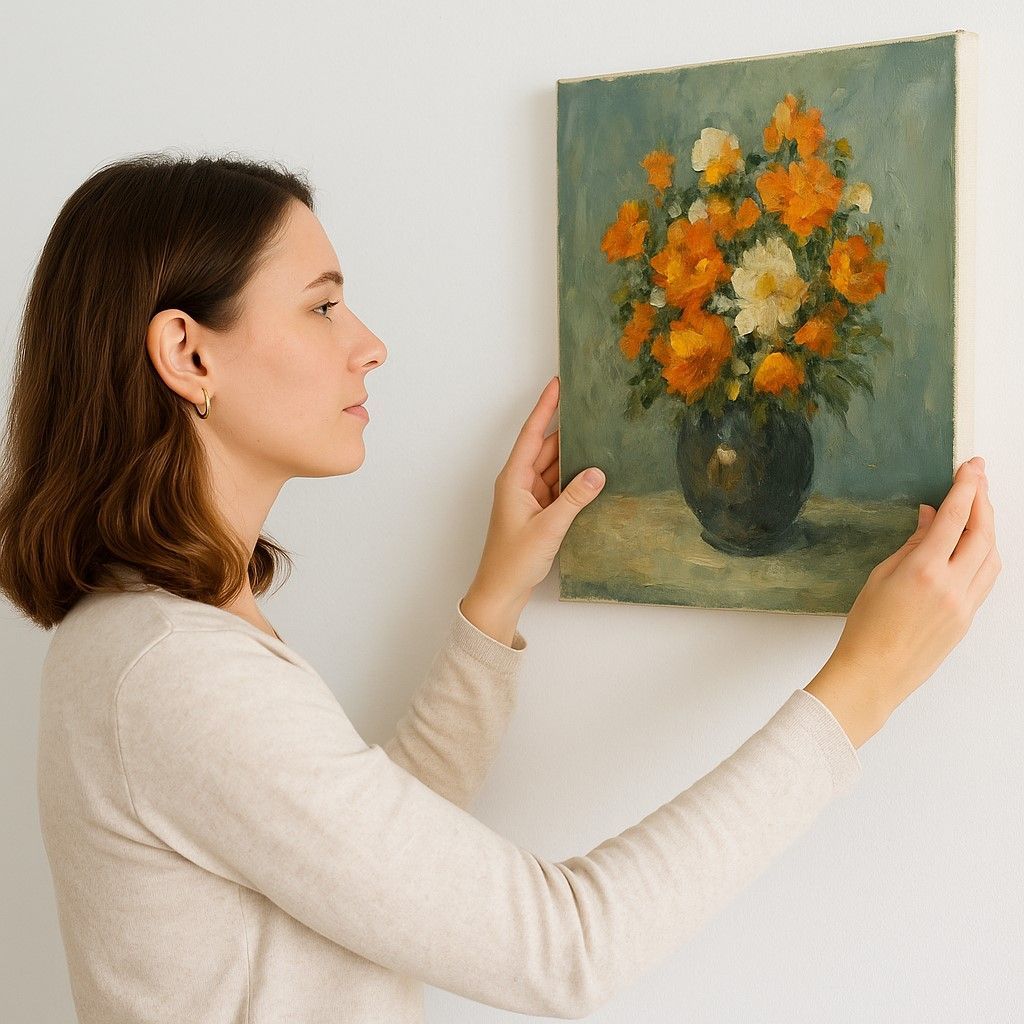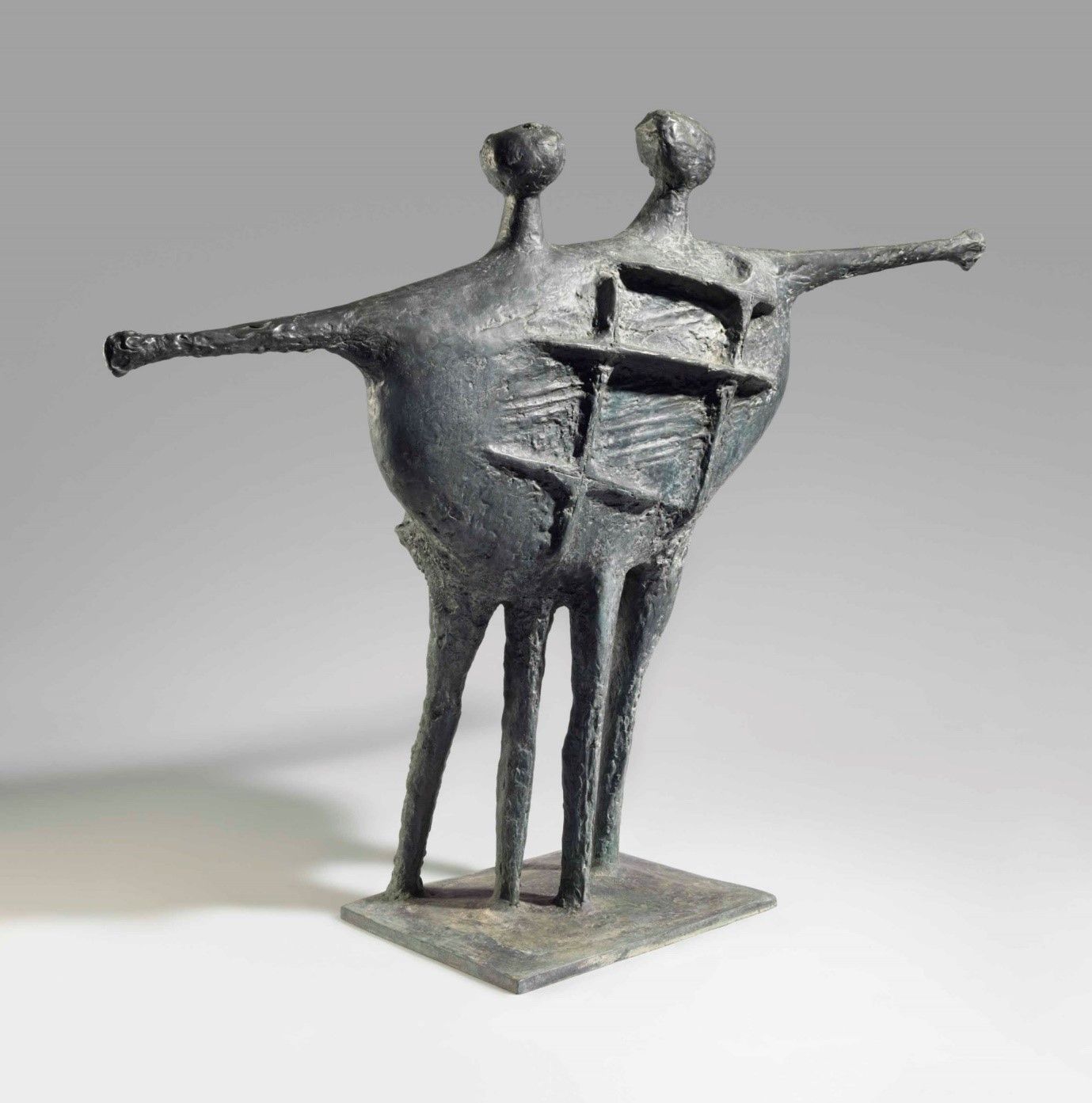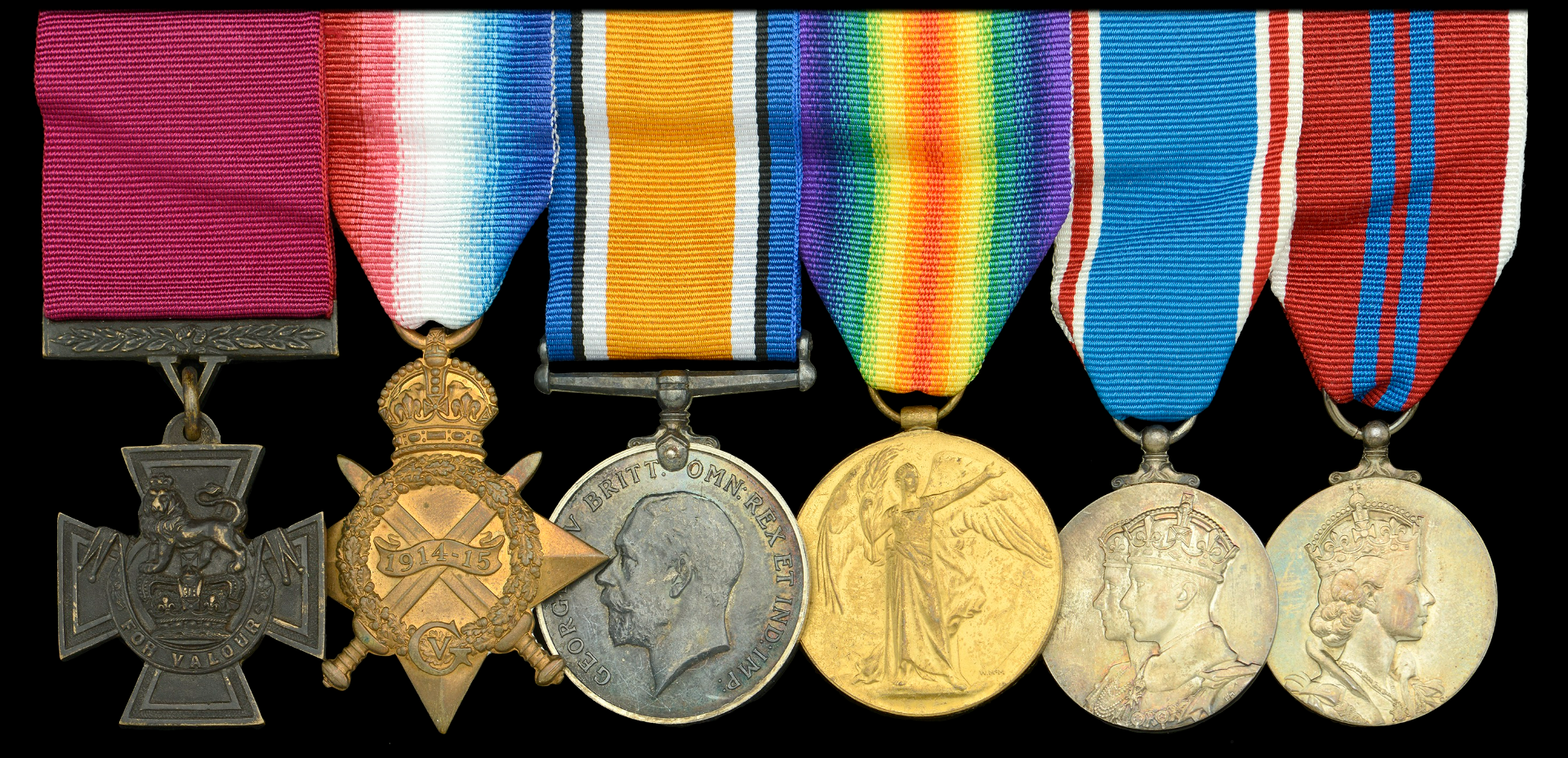Share post
Please enjoy this article on silver written by Kerry Hall here at Quastel Associates;
Silver has long been established as the manufacturing choice for decorative objects and it has been delighting collectors for centuries. With its enticing sheen and outstanding workmanship, it appeals to many collectors from all over the world and can fetch some staggering premiums at auction.
If you are lucky enough to be holding onto an item by one of the key British or European silversmiths, such as Paul Storr, Nicolas Besnier or Paul de Lamerie, you could be talking millions of pounds! More regularly however, dinner pieces have been wowing collectors by selling for tens of thousands under the hammer.
Recently, we have seen a pair of Paul Storr wine coolers (1821) sell for £50,000 at auction. A rare silver mazarine and cover with a decorative feature of birds feeding on a bunch of berries (1937) sold for £37,000 up in the Scottish Highlands and a sculptural group depicting King John signing the Magna Carta (1880) went for £56,000. All of these items far exceeded their auction estimates indicating a resurgence in the demand for silver.
While these examples are obviously very impressive, it is not uncommon for pieces that have been picked up for a few hundred pounds to now be valued at a few thousand. So what are you looking for?
Firstly, the hallmark; tiny stamped initials and designs usually found on the underneath or back of the item of silver. The practice of hallmarking has been established for over 700 years in Britain, allowing buyers to be confident that the item of silver being purchased is of a professional standard of quality. Hallmarks also reveal an item’s maker, date and Assay Office (an institution authorised to award hallmarks) and as mentioned previously, this can make a huge difference to the value. If you have found the hallmark but can’t read it, gently removing the surface tarnish with a cotton bud can allow it to show up more clearly.
Secondly, the condition of the silver item is extremely important. You really don’t want the item to have had any sizeable repairs. You also want to ensure that there hasn’t been any over polishing as this can often wear away decorative details or remove monograms or other important details that add value to the piece.
Lastly, establishing whether the piece is sterling silver or silverplate. Sterling silver (made up of 92.5% sold silver and 7.5% other metals) can retain its shape for centuries. If the item is from the 19th or 20th century, you’ll find it clearly marked with the word “sterling” or “925”. You may also find an image of a lion known as the "lion passant". Silver-plated items, on the other hand, have a base metal with a thin layer of silver over the top and can be identified with the words “silverplate”, “electroplate” or the initials “EPNS”. If the item has no identifying marks, it is likely to be silverplate but to check for definite you can place a magnet up to it. If there is a strong magnetic pull, it is likely coming from other metals such as iron or nickel underneath revealing it as silverplate. Silver, like most other precious metals, is nonmagnetic. Alternatively, if you have keen sense of smell, you can check for an odour. Sterling silver is odourless and so any notable smells suggest it is plated.
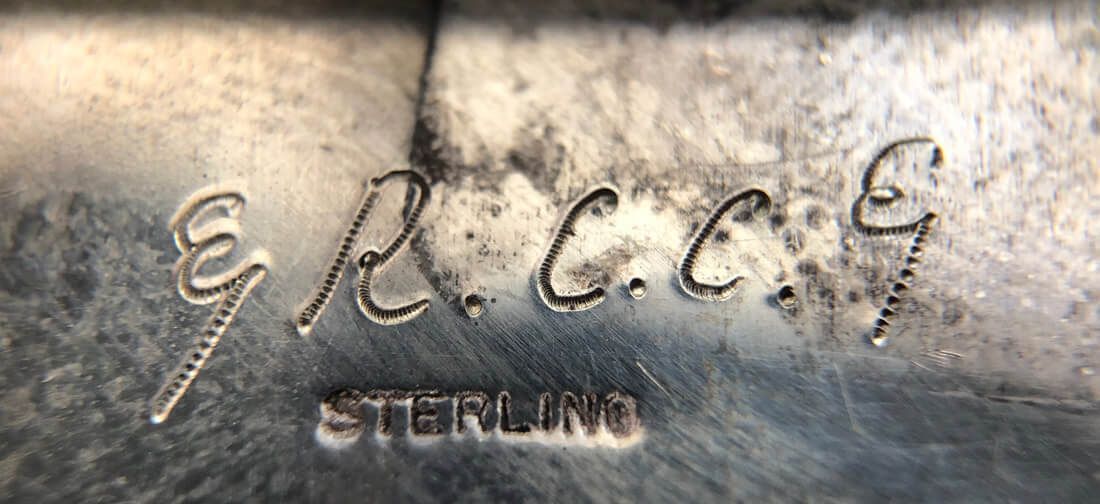
If you have examined the piece or pieces and feel they may have some substantial value, speaking with an expert valuer will give you a definitive answer and allow you to insure the piece/s accordingly.
To find out more about a silverware valuation with Quastel Associates please call
0207 253 1710 or click
here.

